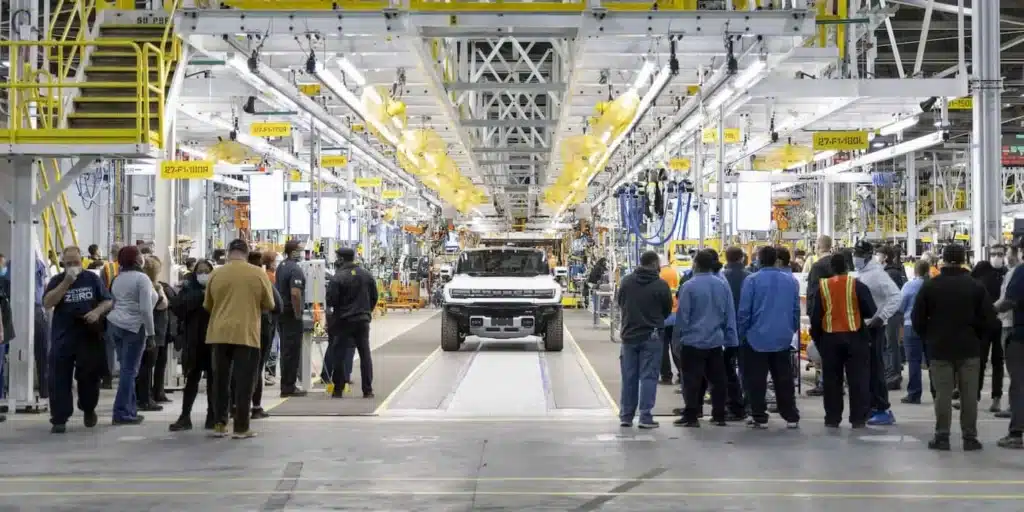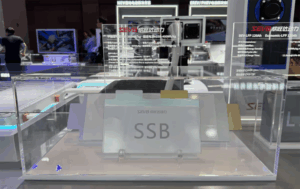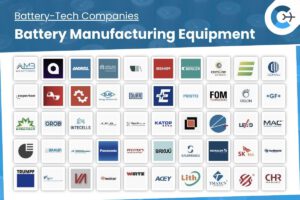Donald Trump signed two executive orders on April 29, 2025, reducing certain tariffs previously imposed on U.S. automakers. The actions were taken ahead of Trump’s scheduled rally in Michigan, marking his first 100 days in office. According to a report by The Wall Street Journal, the administration is expected to mitigate the impact of automotive tariffs by preventing duties on foreign-made vehicles from accumulating with existing tariffs and by easing some levies on car parts.
The executive orders specifically ensure that the 25% tariffs on vehicles and selected auto parts will not be added to existing tariffs on aluminum, steel, or imports from Canada and Mexico. Additionally, the orders provide automakers with credits designed to lessen the financial burden of the 25% duties on imported components used in the production of U.S.-built cars.
This reversal follows several weeks of discussions between the administration and automaker executives, and comes a week after a coalition comprising General Motors, Toyota, Volkswagen, and Hyundai submitted a letter urging the removal of tariffs on foreign auto parts. Matt Blunt, president of the American Automotive Policy Council (AAPC), which represents Ford, GM, and Stellantis, welcomed the clarification. Blunt stated, “American Automakers Ford, GM, and Stellantis appreciate the administration’s clarification that tariffs will not be layered on top of the existing Section 232 tariffs on autos and auto parts. Applying multiple tariffs to the same product or part was a significant concern for American automakers, and we are glad to see this addressed.”
Despite these adjustments, the majority of economists maintain that the 25% auto tariffs under Section 232 of the Trade Expansion Act are likely to remain in place. They caution that these tariffs could lead to higher vehicle prices and a slowdown in auto sales.
Reactions to the administration’s decision have been mixed. Some commentators argue that the tariff reductions are inadequate, comparing the situation to an abused spouse being thanked for minimal leniency. These critics highlight that significant incentives were established under President Biden’s Inflation Reduction Act, and they express ongoing concerns regarding the implications for both the U.S. and global economies.
Source: Electrek
















